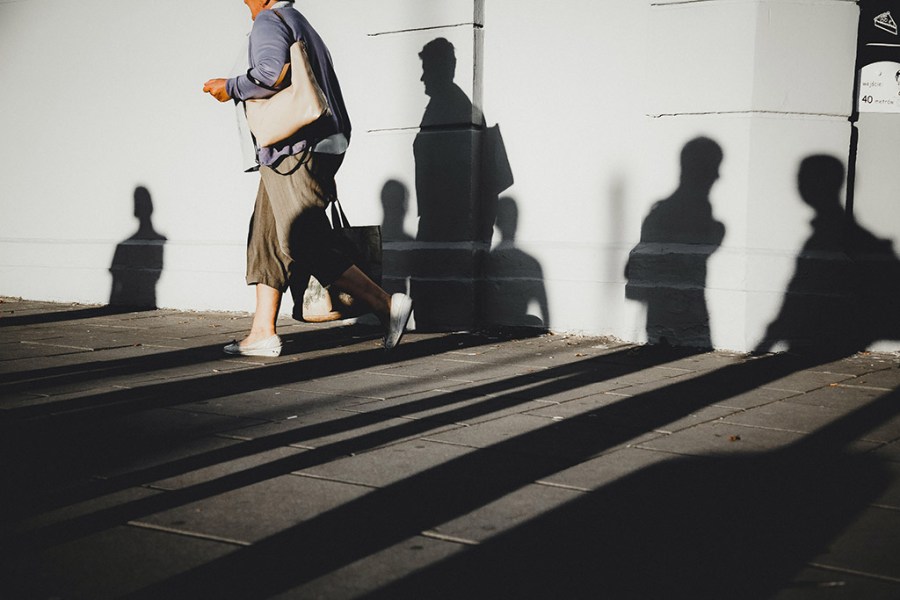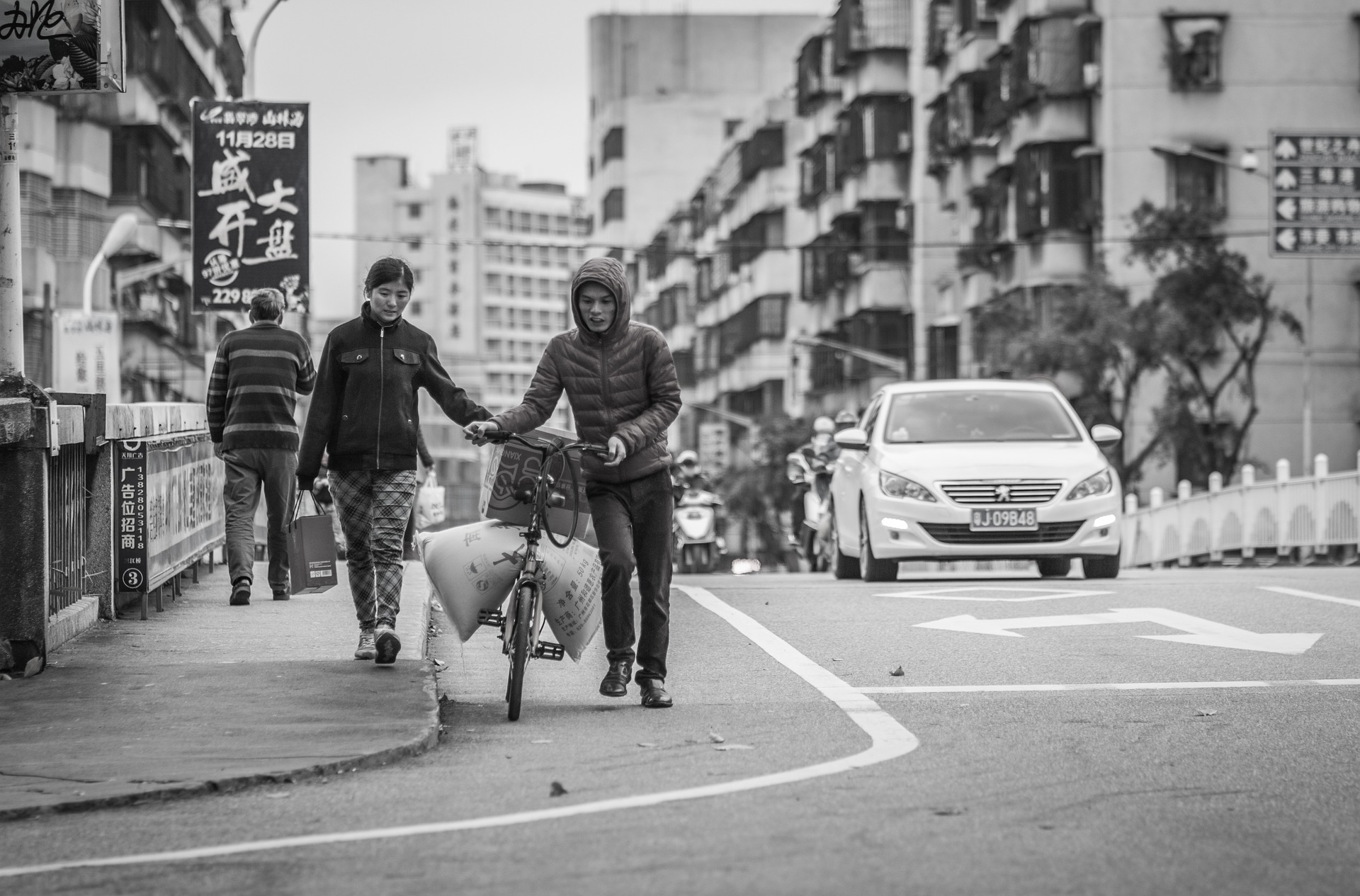Some Known Incorrect Statements About Street Photographers
Some Known Incorrect Statements About Street Photographers
Blog Article
The Facts About Street Photographers Uncovered
Table of ContentsThe 3-Minute Rule for Street PhotographersFascination About Street PhotographersStreet Photographers for BeginnersStreet Photographers Fundamentals ExplainedLittle Known Questions About Street Photographers.
Road digital photographers do not always have a social function in mind, however they favor to separate and capture minutes which might or else go undetected.Though he was influenced by many of those who influenced the street professional photographers of the 1950s and '60s, he was not primarily interested in capturing the spirit of the road. The impulse to visually record people in public began with 19th-century painters such as Edgar Degas, douard Manet, and Henri de Toulouse-Lautrec, that worked side by side with photographers attempting to record the significance of metropolitan life.
As opposed to Atget, photographer Charles Marville was worked with by the city of Paris to develop an encyclopaedic paper of Haussmann's urban planning task as it unravelled, thus old and brand-new Paris. While the professional photographers' topic was essentially the same, the results were substantially various, demonstrating the impact of the photographer's bent on the character of the pictures he produced.
Little Known Questions About Street Photographers.
Offered the great quality of his pictures and the breadth of material, engineers and musicians usually got Atget's prints to use as referral for their very own job, though industrial passions were barely his primary motivation. Rather, he was driven to photograph every last remnant of the Paris he liked. The mingled passion and necessity of his mission shine through, resulting in pictures that tell his very own experience of the city, high qualities that expected road photography of the 20th century.

Unlike his peers, Brassa utilized a larger-format Voigtlnder cam with a longer direct exposure time, forcing him to be much more calculated and thoughtful in his method than he could have been if utilizing a Leica. (It is thought that he might not have actually been able to manage a Leica during that time, but he did, however, use one in the late 1950s to take colour photographs.) Brassa's photos of the Paris abyss lit up by artificial light were a revelation, and the compilation of the series that he released, (1933 ), was a major success.

Some Known Details About Street Photographers
It is due to this basic understanding of the art more of picture taking that he is usually attributed with finding the tool throughout once more roughly a century given that its innovation. He took photographs for more than a half century and influenced generations of digital photographers to trust their eye and intuition in the moment.
These are the inquiries I shall attempt to respond to: And after that I'll leave you with my own meaning of road photography. Yes, we do. Let's kick off with defining what an interpretation is: According to it is: "The act of defining, or of making something certain, distinct, or clear".
No, most definitely not. The term is both restricting and misguiding. Appears like read here a road photography need to be photos of a roads right?! And all road digital photographers, with the exception of a small number of absolute beginners, will fully appreciate that a road is not the crucial part to road photography, and actually if it's a photo of a road with possibly a couple of dull individuals doing absolutely nothing of interest, that's not road photography that's a snapshot of a street.
Street Photographers Things To Know Before You Get This
He makes a valid point don't you assume? Nonetheless, while I agree with him I'm uncertain "candid public digital photography" will capture on (although I do sort of like the term "honest photography") because "road photography" has actually been around for a long period of time, with several masters' names connected to it, so I believe the term is here to remain.
Inside?! I pop over to this site hear you scream as you tremble your hand to the sky. Why not? You can contend the beach, at a celebration, in an alley, in a park, in a piazza, in a coffee shop, at a gallery or art gallery, in a city station, at an occasion, on a bridge, under a bridge ...
Yes, I'm terrified we have no option! Without regulations we can not have a meaning, and without an interpretation we don't have a category, and without a genre we don't have anything to define what we do, therefore we are stuck in a "policies definition genre" loop! And no-one wishes to get stuck in a loophole. - Street Photographers

Report this page